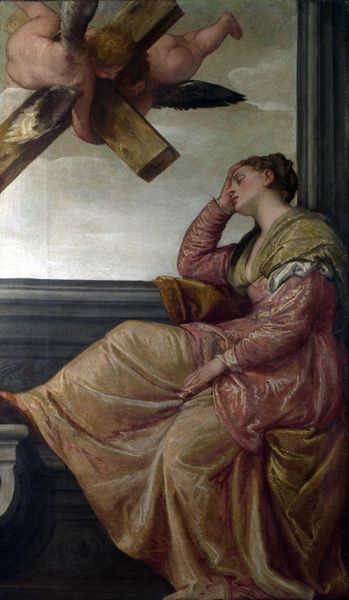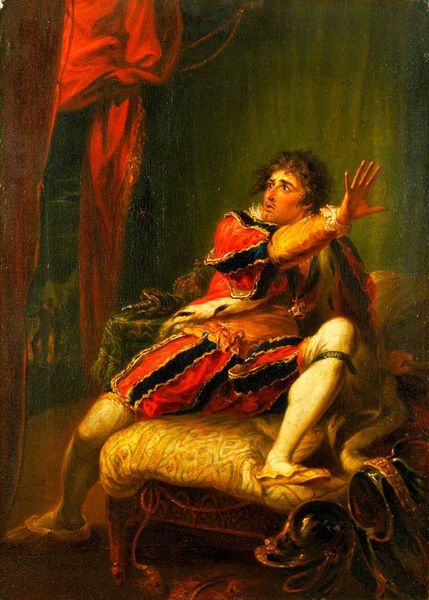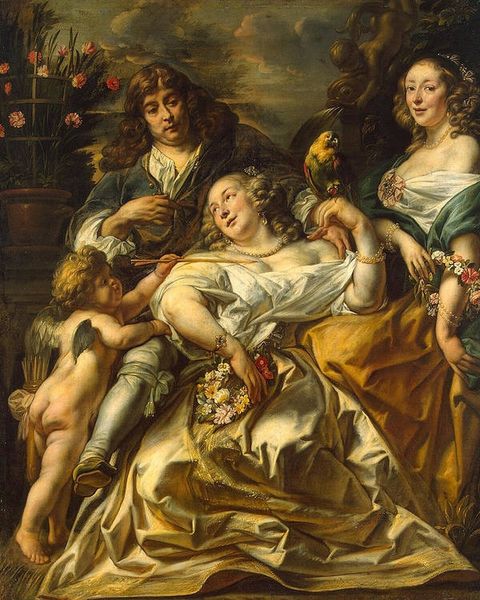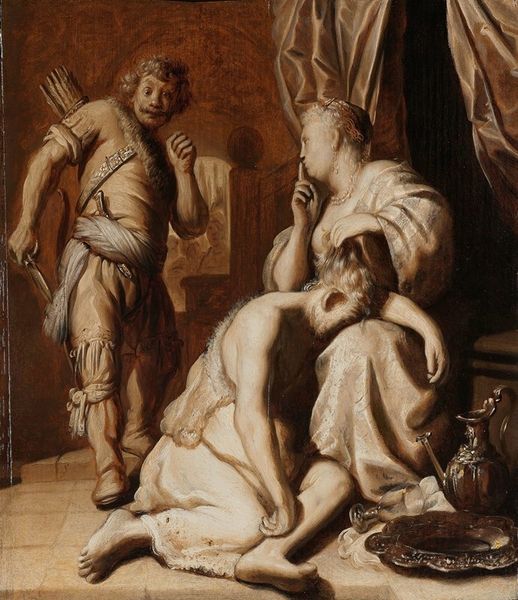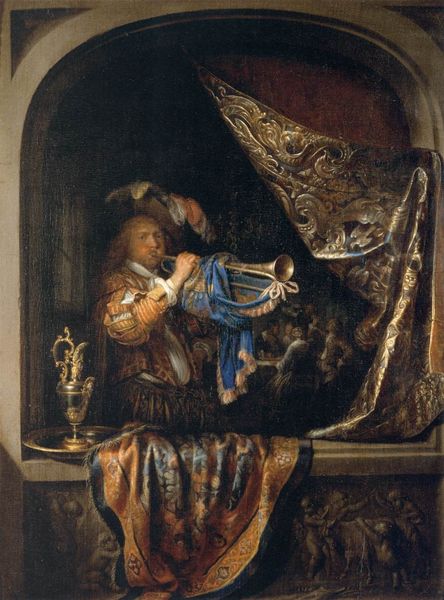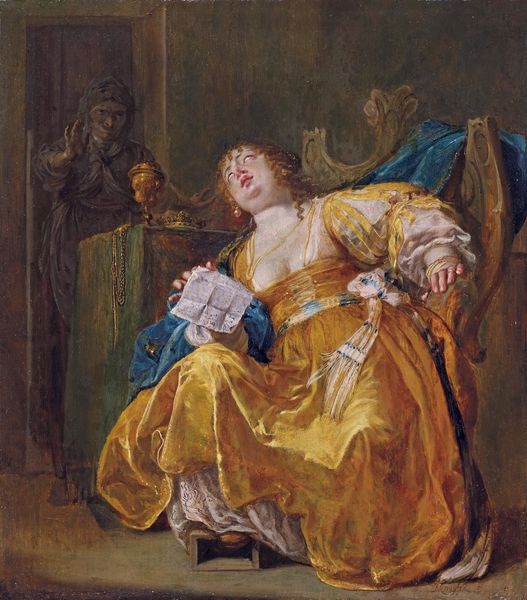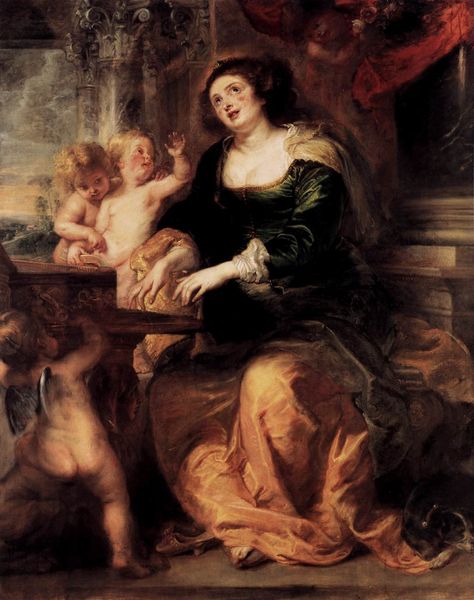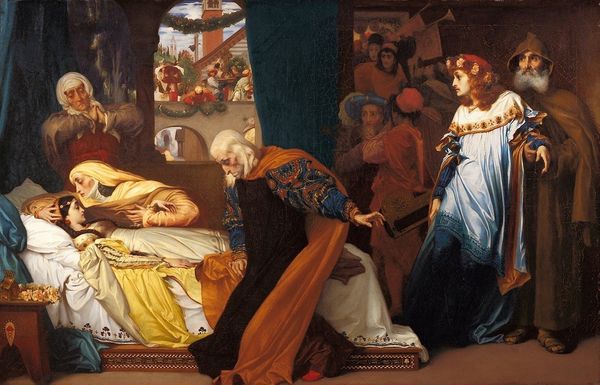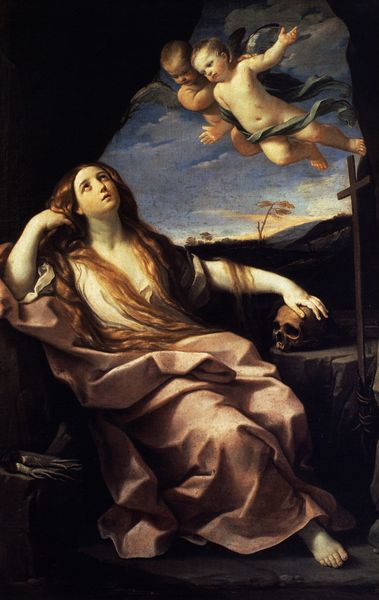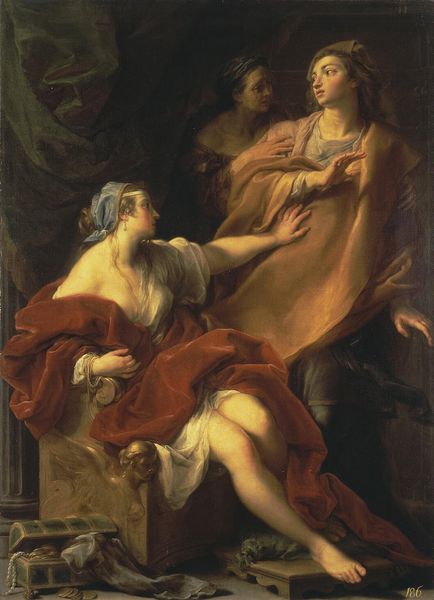The Vision of Saint Helena 1580
🔒Audio guide available with collection purchase
painting, oil-paint
#
portrait
#
venetian-painting
#
allegory
#
painting
#
oil-paint
#
sculpture
#
mannerism
#
figuration
#
11_renaissance
#
romanesque
#
christianity
#
mythology
#
history-painting
Dimensions: 108 x 80 cm
Copyright: Public domain
Comments
No comments
Be the first to comment and join the conversation on the ultimate creative platform.

